Snow Shoes
- - 56 %
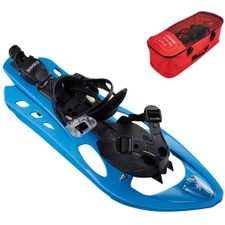 INOOKAXL Snow Shoes Hellblau WomenMSRP 159,95 €69,95 €One size
INOOKAXL Snow Shoes Hellblau WomenMSRP 159,95 €69,95 €One size - - 56 %
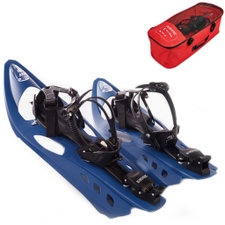 INOOKAXM Snow Shoes BlauMSRP 159,95 €69,95 €One size
INOOKAXM Snow Shoes BlauMSRP 159,95 €69,95 €One size - - 51 %
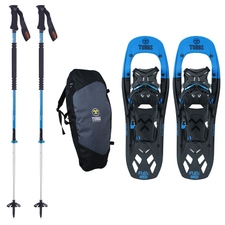 TubbsCLM 22 + Nap Sac + Komperdell T2 Snow Shoes WomenMSRP 349,95 €169,95 €One size
TubbsCLM 22 + Nap Sac + Komperdell T2 Snow Shoes WomenMSRP 349,95 €169,95 €One size - - 37 %
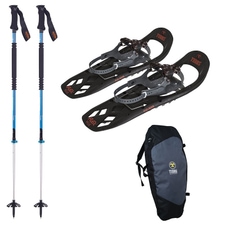 TubbsFlex Walk 22 + Nap Sac + Komperdell T2 Snow Shoes WomenMSRP 269,95 €169,95 €One size
TubbsFlex Walk 22 + Nap Sac + Komperdell T2 Snow Shoes WomenMSRP 269,95 €169,95 €One size - - 37 %
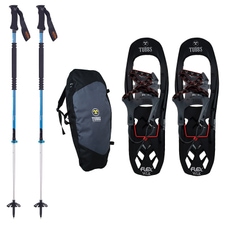 TubbsFlex Walk 24 + Nap Sac + Komperdell T2 Snow Shoes MenMSRP 269,95 €169,95 €One size
TubbsFlex Walk 24 + Nap Sac + Komperdell T2 Snow Shoes MenMSRP 269,95 €169,95 €One size - - 51 %
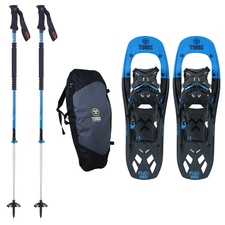 TubbsCLM 24 + Nap Sac + Komperdell T2 Snow Shoes MenMSRP 349,95 €169,95 €One size
TubbsCLM 24 + Nap Sac + Komperdell T2 Snow Shoes MenMSRP 349,95 €169,95 €One size - - 21 %
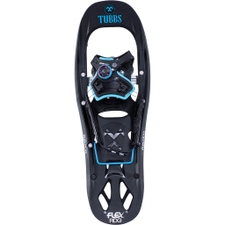 TubbsFlex RDG 22 Snow Shoes black/blue WomenMSRP 239,95 €189,95 €One size
TubbsFlex RDG 22 Snow Shoes black/blue WomenMSRP 239,95 €189,95 €One size - - 21 %
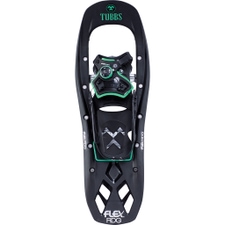 TubbsFlex RDG 24 Snow Shoes Black / Green MenMSRP 239,95 €189,95 €One size
TubbsFlex RDG 24 Snow Shoes Black / Green MenMSRP 239,95 €189,95 €One size - - 28 %
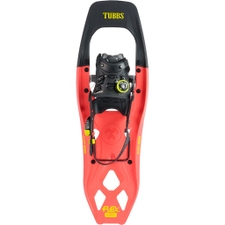 TubbsFlex VRT 21 Snow Shoes Coral WomenMSRP 319,95 €229,95 €One size
TubbsFlex VRT 21 Snow Shoes Coral WomenMSRP 319,95 €229,95 €One size - - 37 %
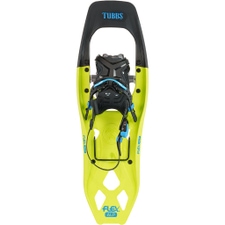 TubbsFlex ALP 21 Snow Shoes lime green WomenMSRP 269,95 €169,95 €One size
TubbsFlex ALP 21 Snow Shoes lime green WomenMSRP 269,95 €169,95 €One size - - 28 %
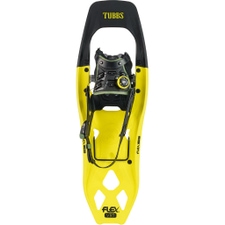 TubbsFlex VRT 29 Snow Shoes Yellow MenMSRP 319,95 €229,95 €One size
TubbsFlex VRT 29 Snow Shoes Yellow MenMSRP 319,95 €229,95 €One size - - 28 %
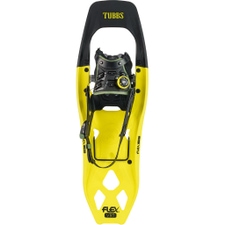 TubbsFlex VRT 25 Snow Shoes Yellow MenMSRP 319,95 €229,95 €One size
TubbsFlex VRT 25 Snow Shoes Yellow MenMSRP 319,95 €229,95 €One size - - 28 %
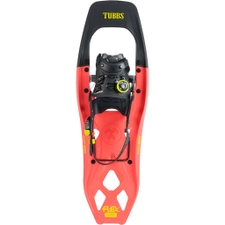 TubbsFlex VRT 25 Snow Shoes coral WomenMSRP 319,95 €229,95 €One size
TubbsFlex VRT 25 Snow Shoes coral WomenMSRP 319,95 €229,95 €One size - - 24 %
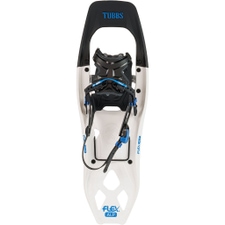 TubbsFlex ALP 25 Snow Shoes White MenMSRP 289,95 €219,95 €One size
TubbsFlex ALP 25 Snow Shoes White MenMSRP 289,95 €219,95 €One size - - 31 %
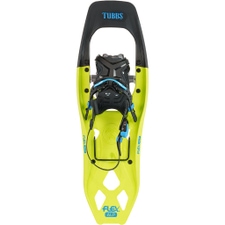 TubbsFlex ALP 25 Snow Shoes lime green WomenMSRP 289,95 €199,95 €One size
TubbsFlex ALP 25 Snow Shoes lime green WomenMSRP 289,95 €199,95 €One size - - 31 %
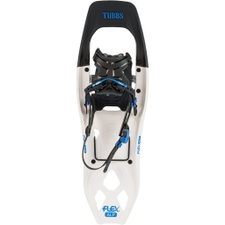 TubbsFlex ALP 29 Snow Shoes white MenMSRP 289,95 €199,95 €One size
TubbsFlex ALP 29 Snow Shoes white MenMSRP 289,95 €199,95 €One size - - 24 %
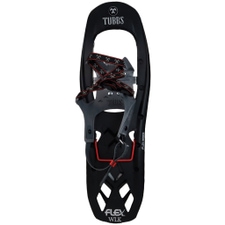 TubbsFlex WLK 24 Snow Shoes black MenMSRP 169,95 €129,95 €One size
TubbsFlex WLK 24 Snow Shoes black MenMSRP 169,95 €129,95 €One size - - 35 %
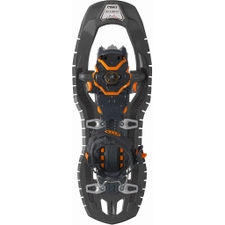 TSLSymbioz Hyperflex Adjust BOA Snow Shoes TitanMSRP 309,95 €199,95 €Available Sizes:L
TSLSymbioz Hyperflex Adjust BOA Snow Shoes TitanMSRP 309,95 €199,95 €Available Sizes:L
- - 52 %
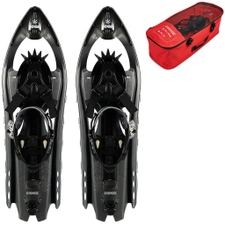 INOOKOXM Snow Shoes GrauMSRP 209,95 €99,95 €One size
INOOKOXM Snow Shoes GrauMSRP 209,95 €99,95 €One size - - 44 %
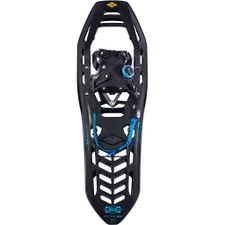 AtlasHelium MTN 26 Snow Shoes Blue / BlackMSRP 269,95 €149,95 €One size
AtlasHelium MTN 26 Snow Shoes Blue / BlackMSRP 269,95 €149,95 €One size - - 27 %
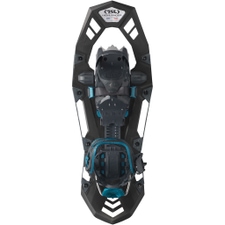 TSLHighlander Access Snow Shoes Titan BlackMSRP 219,95 €159,95 €Available Sizes:S
TSLHighlander Access Snow Shoes Titan BlackMSRP 219,95 €159,95 €Available Sizes:S
- - 36 %
 TubbsFlex Jr. Snow Shoes Blau KidsMSRP 109,95 €69,95 €One size
TubbsFlex Jr. Snow Shoes Blau KidsMSRP 109,95 €69,95 €One size - - 58 %
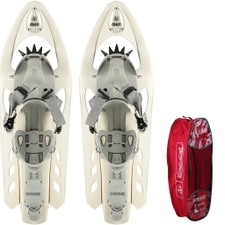 INOOKOdalys Snow Shoes WeißMSRP 189,95 €79,95 €One size
INOOKOdalys Snow Shoes WeißMSRP 189,95 €79,95 €One size - - 20 %
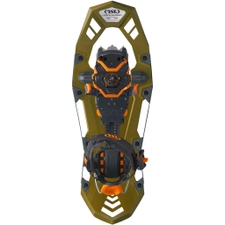 TSLHighlander Adjust Snow Shoes OliveMSRP 279,95 €223,95 €Available Sizes:S
TSLHighlander Adjust Snow Shoes OliveMSRP 279,95 €223,95 €Available Sizes:S
- - 44 %
 AtlasHelium MTN 23 Snow Shoes Blue / BlackMSRP 269,95 €149,95 €One size
AtlasHelium MTN 23 Snow Shoes Blue / BlackMSRP 269,95 €149,95 €One size - - 44 %
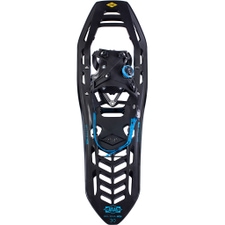 AtlasHelium MTN 30 Snow ShoesMSRP 269,95 €149,95 €One size
AtlasHelium MTN 30 Snow ShoesMSRP 269,95 €149,95 €One size - - 27 %
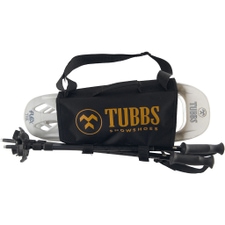 TubbsHolster Snow Shoes BlackMSRP 29,95 €21,95 €One size
TubbsHolster Snow Shoes BlackMSRP 29,95 €21,95 €One size - - 48 %
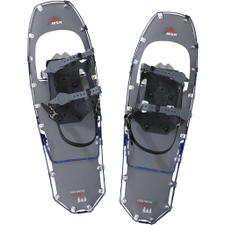 MSRLightning Trail M25 Snow Shoes Spectrum Blue MenMSRP 269,90 €139,95 €One size
MSRLightning Trail M25 Snow Shoes Spectrum Blue MenMSRP 269,90 €139,95 €One size - - 32 %
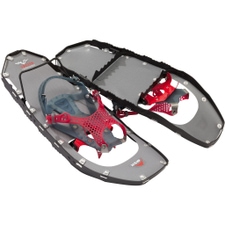 MSRLightning Ascent M22 Snow Shoes Black MenMSRP 339,90 €229,95 €One size
MSRLightning Ascent M22 Snow Shoes Black MenMSRP 339,90 €229,95 €One size - - 40 %
 AtlasHelium Trail 23 Snow Shoes Yellow / BlackMSRP 149,90 €89,95 €One size
AtlasHelium Trail 23 Snow Shoes Yellow / BlackMSRP 149,90 €89,95 €One size - - 46 %
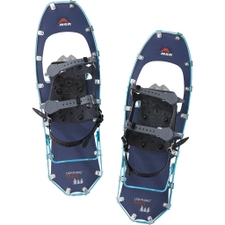 MSRLightning Trail W22 Snow Shoes Carribean WomenMSRP 259,90 €139,95 €One size
MSRLightning Trail W22 Snow Shoes Carribean WomenMSRP 259,90 €139,95 €One size - - 52 %
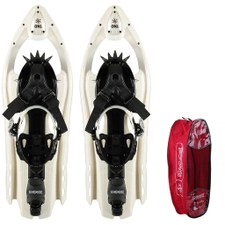 INOOKOXL Snow Shoes Weiß WomenMSRP 209,95 €99,95 €One size
INOOKOXL Snow Shoes Weiß WomenMSRP 209,95 €99,95 €One size - - 29 %
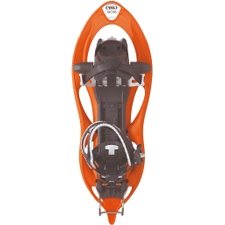 TSL305 Elevation Snow Shoes HalloweenMSRP 139,95 €99,95 €Available Sizes:S
TSL305 Elevation Snow Shoes HalloweenMSRP 139,95 €99,95 €Available Sizes:S
- - 65 %
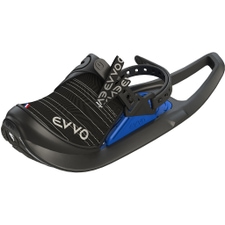 EVVOSize 36-48 Snow Shoes Blue / BlackMSRP 199,95 €70,00 €Available Sizes:420480
EVVOSize 36-48 Snow Shoes Blue / BlackMSRP 199,95 €70,00 €Available Sizes:420480 - - 25 %
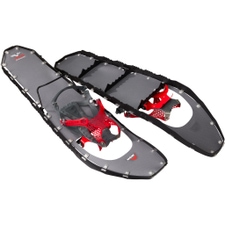 MSRLightning Ascent M30 Snow Shoes Black MenMSRP 359,90 €269,95 €One size
MSRLightning Ascent M30 Snow Shoes Black MenMSRP 359,90 €269,95 €One size - - 70 %
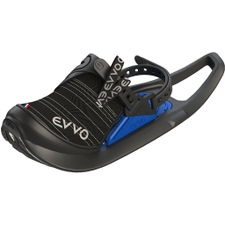 EVVOGr. 38-46 Snow Shoes Blue / BlackMSRP 229,95 €70,00 €Available Sizes:420460
EVVOGr. 38-46 Snow Shoes Blue / BlackMSRP 229,95 €70,00 €Available Sizes:420460 - - 47 %
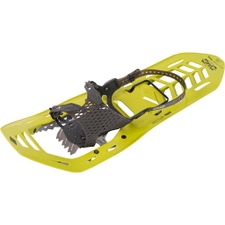 AtlasHelium Trail 26 Snow Shoes GrünMSRP 169,95 €89,95 €One size
AtlasHelium Trail 26 Snow Shoes GrünMSRP 169,95 €89,95 €One size - - 35 %
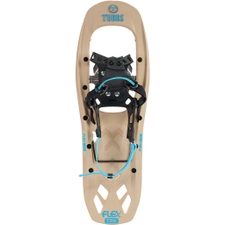 TubbsFlex TRK 24 Snow Shoes khaki MenMSRP 199,95 €129,95 €One size
TubbsFlex TRK 24 Snow Shoes khaki MenMSRP 199,95 €129,95 €One size - - 35 %
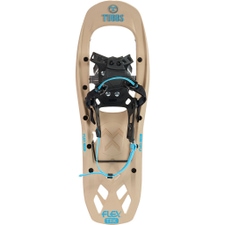 TubbsFlex TRK 22 Snow Shoes Khaki WomenMSRP 199,95 €129,95 €One size
TubbsFlex TRK 22 Snow Shoes Khaki WomenMSRP 199,95 €129,95 €One size - - 29 %
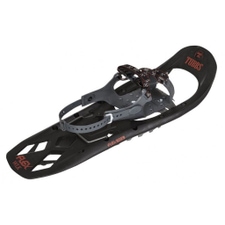 TubbsFlex WLK 22 Snow Shoes blackMSRP 169,95 €119,95 €One size
TubbsFlex WLK 22 Snow Shoes blackMSRP 169,95 €119,95 €One size - - 57 %
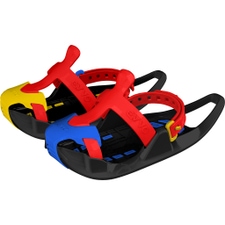 EVVOShoshibaa 30 - 36 Snow Shoes Superhereos KidsMSRP 69,95 €30,00 €Available Sizes:360
EVVOShoshibaa 30 - 36 Snow Shoes Superhereos KidsMSRP 69,95 €30,00 €Available Sizes:360 - - 77 %
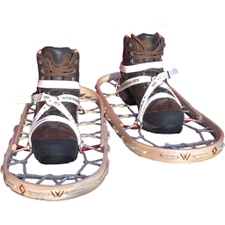 WOWWalk over Water Snow ShoesMSRP 259,95 €59,95 €One size
WOWWalk over Water Snow ShoesMSRP 259,95 €59,95 €One size
- - 46 %
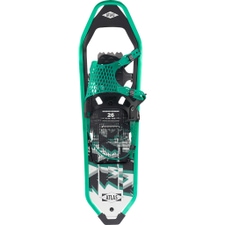 AtlasRange Trail 30 Snow Shoes Grün MenMSRP 239,95 €129,95 €One size
AtlasRange Trail 30 Snow Shoes Grün MenMSRP 239,95 €129,95 €One size - - 27 %
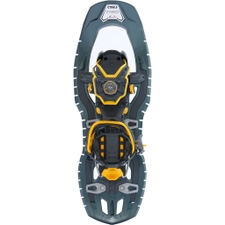 TSLSymbioz Phoenix Snow Shoes NightMSRP 329,95 €239,95 €Available Sizes:SML
TSLSymbioz Phoenix Snow Shoes NightMSRP 329,95 €239,95 €Available Sizes:SML
- - 40 %
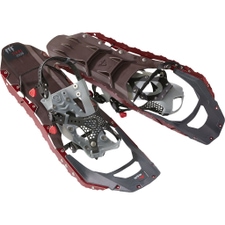 MSRRevo W22 Snow Shoes Iron WomenMSRP 249,95 €149,95 €Available Sizes:22
MSRRevo W22 Snow Shoes Iron WomenMSRP 249,95 €149,95 €Available Sizes:22 - - 40 %
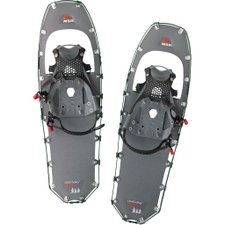 MSRLightning Trail M22 Snow Shoes Ranger MenMSRP 299,95 €179,95 €Available Sizes:22
MSRLightning Trail M22 Snow Shoes Ranger MenMSRP 299,95 €179,95 €Available Sizes:22 - - 46 %
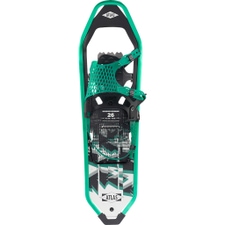 AtlasRange Trail 26 Snow Shoes GrünMSRP 239,95 €129,95 €One size
AtlasRange Trail 26 Snow Shoes GrünMSRP 239,95 €129,95 €One size - - 25 %
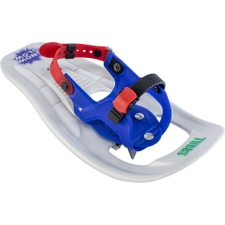 TubbsSnowglow Snow Shoes White KidsMSRP 79,95 €59,95 €One size
TubbsSnowglow Snow Shoes White KidsMSRP 79,95 €59,95 €One size



Snowshoeing - the first option for those who want to take it a little easier in the winter. If skiing is too expensive, cross-country skiing too boring and bosledding or sledding to wild, you should try a snowshoe tour.
Because this is the perfect winter sport for everyone who wants to be outside in the snowy landscapes even in winter. Anyone can do it, young or old - fit or unfit. Because snowshoeing is like hiking, only in winter on snow. And no special technique is needed. No lengthy courses or elaborate techniques, spoil the fun for beginners. And that means nothing else than: Exercise in the fresh air, snowy winter forest, powder snow and the freedom to get where you want.
THANKS TO SNOWSHOES ALSO HIKING PLEASURE IN WINTER
Because no matter how generous "mother holle" was, there are no limits to the winter hiking tour. The widened contact surface prevents the boots from sinking too deeply into fresh snow, provides a secure grip in powdery snow, and thus allows relatively relaxed progress. Even and especially beyond well-trodden (winter) hiking trails. And just like with classic hiking, you set the pace yourself.
A special plus with snowshoeing: No special equipment is needed other than the right snowshoes. The hiker has everything else at hand anyway. Sturdy winter shoes and hiking poles, preferably with large winter plates, that's all it takes, and you're ready to start touring. A good idea is certainly still a few gaiters, so that the trudge through the freshly fallen snow does not end with completely wet feet. Or you just put on the ski pants directly.
Becca_Skinner.jpg)
WITH SNOWSHOES INTO THE ALPINE TERRAIN
With more experience and greater ambitions, you can also venture into the winter mountains, but for this you should always keep an eye on the avalanche danger and have at least an avalanche transceiver, avalanche shovel and avalanche probe in your backpack. Similar to touring ski bindings, snowshoes also have a climbing aid. This helps in steeper terrain for a more comfortable climb. If the snow becomes harder, climbing spikes on the underside provide the necessary grip.
Those who venture into really alpine terrain with snowshoes should also think about purchasing an avalanche backpack. Here, too, the following applies: the appropriate equipment is only half the battle. Special avalanche know-how and competent handling of the equipment are indispensable.
©Becca Skinner ©Römmelt
_(c)Römmelt.jpg)
Which snowshoes?
To find the right snowshoes for you, you must first consider two facts:
1. what kind of terrain are you walking on? (steep or flat)
2. how icy or hard is the ground?
In short, what you should look for when buying snowshoes:
• Entry-level models are usually made of aluminum construction.
• High-quality models are made of solid plastic, are suitable for steep and challenging terrain.
• The binding should not be ignored, as a good binding is easy to adjust and firmly secures your hiking boot to the snowshoe.
• The weight class of the snowshoe must be taken into an account.
Choosing snowshoes for the right terrain
Easy terrain
If you're venturing into more easy and hilly terrain, your snowshoes will need fewer prongs on the bottom, making them relatively lightweight. For the most part, they are made of a wide aluminum construction and the binding is kept simple and reliably secures the boot in place. Overall, snowshoes are soft and therefore comfortable. They are also inexpensive and quite adequate for fresh snow on flat terrain.
Steep terrain
To be safe and stable on steep and alpine terrain, you should choose snowshoes for challenging terrain. They are stiffer and narrower overall, and have a firmer binding. More prongs and a distributed arrangement provide grip icy and steep terrain. So the harder the terrain, the more prongs the snowshoes should have.
Steep terrain you basically walk straight up - that is, on the direct path. Your weight is shifted forward, and you walk up the slope as straight as possible. If you do need to make a traverse, lateral jags are very advantageous. In doing so, you press the jags into the ground with a lot of force. This is especially important for traversing slopes in icy terrain.
Plastic vs. aluminum vs. wood snowshoes
Plastic "Moderns"
Plastic snowshoes are made of a cold-resistant plastic. There are plastic variants in the entry-level segment, but you'll find them mostly in the high-end range. They often come with accessories like a climbing aid and crampons, so you're better equipped for hard, steep and icy conditions in addition to deep snow.
Aluminum "Classics"
The aluminum frame is the main component of an aluminum snowshoe. Usually, a mesh or plastic layer is stretched over it. This provides the necessary buoyancy in the snow. As a rule, these models are cheaper than plastic snowshoes are a most similar to the original wooden version. However, they are not as stable and are therefore more suitable for flat terrain and deep snow.
Wood "Originals"
The classics of trappers and gold seekers back in the day - today a sustainable, ecological version that evokes a feeling of nostalgia in us. Wooden frame snowshoes usually consist of a curved wooden hoop and the tread is covered with hemp or leather like a net. They are still manufactured today, but are considered rather outdated by winter sports enthusiasts due to the lack of technology features. However, less comfort often enhances the experience and one's abilities and is acceptable if it results in a significant increase in sustainability and ecology.
Straps and ratchets - Which binding should it be?
The manufacturers have different opinions on this and everyone relies on a different binding system. The only thing that really helps is to try it out. You should choose the system that you can use most easily, even with gloves. The binding has an important safety function, because it connects your hiking boot firmly to the snowshoe.
Strap binding
The strap binding made of plastic or rubber is the simplest form of binding. Here, you pull the stretchy straps tightly around the hiking boot and then close them with a thorn. Simple in construction and sturdy, they are good for soft shoes because they fit snugly. One disadvantage of strap bindings is that they come off easily and are not as easy to use with gloves.
Ratchet binding
They are more comfortable and secure, and generally only suitable for sturdier boots. You'll find them on snowshoe models that are used on steep terrain. Ratchet bindings are quick to put on and take off. However, if it's cold, they are more prone to icing up.
How do you choose the right size?
The right snowshoe size is all about the weight of the wearer. Here, it should be noted that the heavier someone is, the deeper they sink into the snow. And accordingly, the snowshoes need to be bigger. All models have a recommended weight range, but you must remember that if you are traveling with heavy luggage, you must also take into account the load of the backpack.
With some models, you can attach so-called tails at the back, which increase the buoyancy - so you are prepared for different conditions.
We at Sport Conrad offer you a selection of different snowshoe models for women, men and kids as well as brands like Tubbs, Atlas, TSL, Innok and MSR in our online store. As soon as the first powder snow covers the landscapes, you only have to pack your backpack and can set off into nature for great winter hikes with your new pair of snowshoes.
You can find more interesting articles here:
→ How to choose the right avalanche-safety equipment